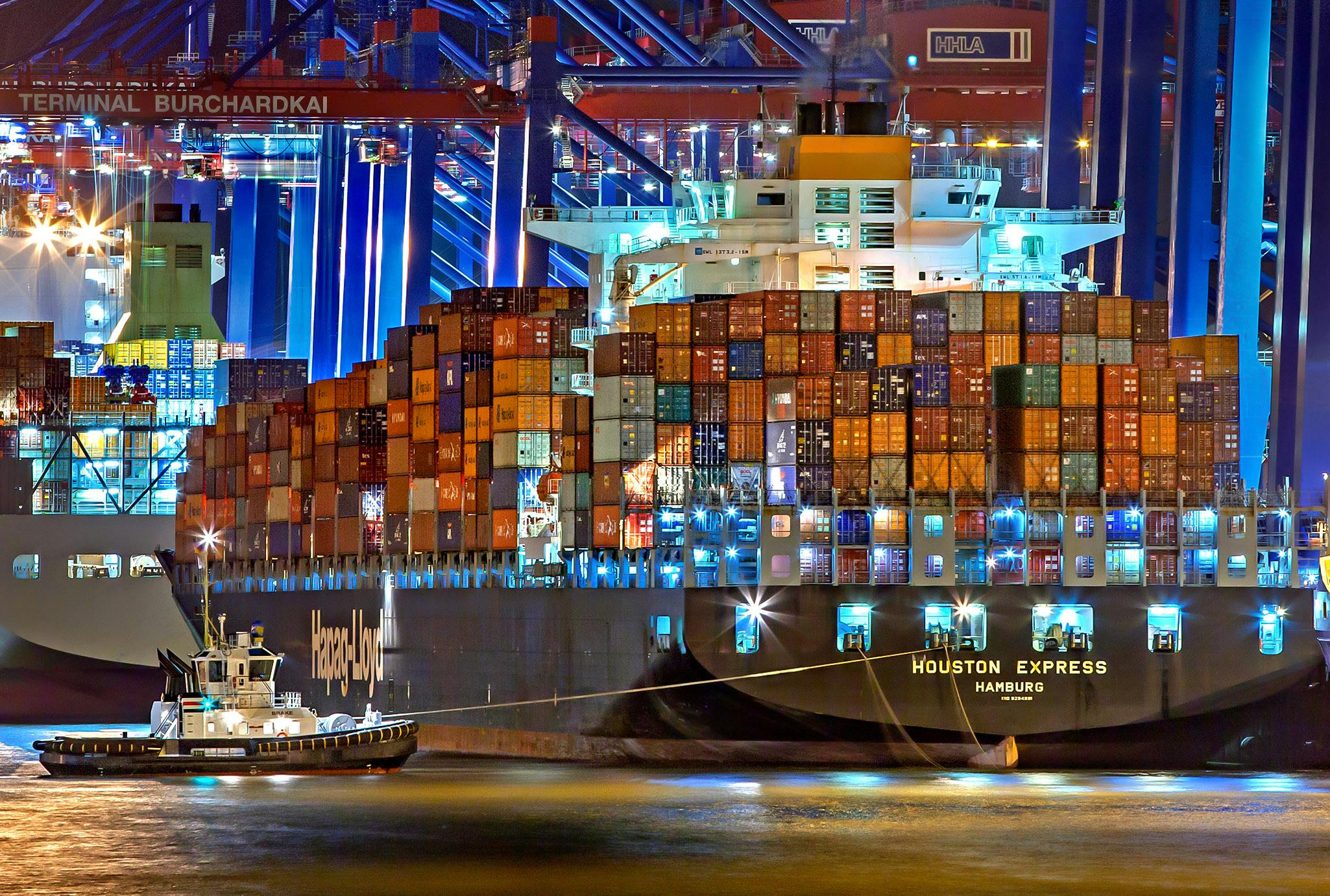If you’re involved in shipping or logistics, you’ve probably heard of the bill of lading (BoL). But what exactly is it, and why is it so important? Simply put, the bill of lading is a key document that keeps the wheels of global trade turning. Whether you’re a shipper, carrier, or consignee, understanding its purpose and role can make all the difference in ensuring your shipments go off without a hitch.
In this guide, we’ll break down what a bill of lading is, why it matters, the different types, and how it works, all with real-world examples to make it easy to understand.
What Is a Bill of Lading?
A bill of lading (BoL) is a legal document issued by a carrier to a shipper that serves three main purposes:
- Receipt for Goods
It confirms the carrier has received the goods from the shipper and includes details like type, quantity, and condition at the time of pickup.
Think of it as a receipt that ensures everyone’s on the same page about what’s being shipped. - Document of Title
This means the bill of lading establishes ownership of the goods. To claim the shipment at its destination, the receiver (or consignee) needs to present this document. It’s also a handy tool for financial transactions like securing payments. - Contract of Carriage
It spells out the terms under which the carrier will transport the goods—things like responsibilities, liabilities, and special handling instructions. By signing it, all parties agree to these terms, creating accountability.
Key Details in a Bill of Lading
Here’s what you’ll typically find on a bill of lading:
- Shipper and Receiver Details: Names and addresses of the sender and receiver.
- Shipment Info: Date, weight, quantity, and value of the goods.
- Goods Description: Specifics like type, packaging, and whether it’s hazardous.
- Freight Details: Costs, classification, and any special terms.
- Signatures: Confirmation from all parties to ensure everything’s in order.
Functions of a Bill of Lading
Let’s look at how a bill of lading keeps things running smoothly:
- Proof of Shipment
It’s the go-to document to show that goods were handed over for transport. For instance, a furniture maker shipping products to a retailer uses the BoL to confirm the shipment left the factory. - Legal Protection
If there’s damage or loss, the BoL is your evidence in court or arbitration. Say electronics get damaged in transit—this document helps establish the original condition. - Facilitating Trade
Especially in international shipping, the BoL can act as a negotiable document, like when a wine exporter uses it to secure payment from the buyer’s bank. - Fraud Prevention
Only the rightful consignee can claim the shipment, thanks to the BoL, keeping unauthorized hands off the goods.
Types of Bills of Lading
Not all bills of lading are the same. Here’s a quick rundown of the most common types:
- Inland BoL: For road or rail transport within a country.
- Ocean BoL: For overseas shipments, following maritime regulations.
- Through BoL: When goods move via multiple transport modes, like truck to ship to rail.
- Negotiable BoL: Transferable to a third party—useful in financial deals.
- Non-Negotiable BoL: Locked to a specific consignee.
- Clean BoL: States the goods were in good condition when handed over.
- Claused BoL: Notes any damage or issues with the goods at loading.
- Straight BoL: Used when the consignee has already paid for the goods.
Real-World Example
Let’s say a restaurant, XYZ Fine Dining, orders seafood from a supplier. Here’s how the BoL plays a role:
- XYZ Fine Dining sends a purchase order for 50 pounds of salmon and 30 pounds of shrimp.
- The supplier prepares the shipment and generates a BoL with all the details—weights, condition, and packaging.
- The carrier picks up the goods and signs the BoL, confirming receipt.
- On delivery, XYZ Fine Dining’s manager checks the goods against the BoL to make sure everything matches.
- If all’s good, the restaurant approves payment. If not, they note discrepancies on the BoL and follow up with the supplier or carrier.
Why the BoL Is Essential
Here’s why you can’t skip this document:
- Legal Protection: It defines responsibilities and liabilities.
- Compliance: It keeps shipments within the law, especially in international trade.
- Dispute Resolution: It’s your evidence when things go wrong.
- Efficiency: It makes communication between parties seamless.
The Future: Electronic Bills of Lading (eBL)
As the world goes digital, electronic bills of lading (eBL) are gaining traction. They’re quicker, more secure, and environmentally friendly compared to paper versions. However, they still face legal and adoption hurdles in some areas. Efforts to standardize eBL use are ongoing, and they promise to revolutionize logistics.
Conclusion
The bill of lading is a cornerstone of modern shipping and logistics. Its multiple functions as a receipt, document of title, and contract make it invaluable for ensuring smooth and secure transactions. Whether in traditional or electronic form, the bill of lading facilitates trust and efficiency in trade.
By understanding its types, functions, and importance, businesses can leverage this document to streamline operations and safeguard their interests. As global trade continues to evolve, so too will the role of the bill of lading, particularly with the growing adoption of digital alternatives.
Looking to Streamline Your Foreign Payments?
Simplify your international transactions and trade processes with BriskPe, the platform revolutionizing global payment and logistics workflows. From real-time payment solutions to robust documentation tools, BriskPe empowers businesses to manage cross-border operations with ease and transparency.
Whether you’re handling invoices, managing bills of lading, or ensuring secure international payments, BriskPe provides a user-friendly, comprehensive platform to enhance efficiency, reduce costs, and boost productivity.
Join the growing number of businesses transforming their foreign payment processes with BriskPe. Visit us today and discover the future of international trade management!








